Sodar Wind Profilers
In 1998, the new FAS Series Sodar Wind Profilers surprised the markets with an innovative and superior antenna concept. A phased-array arrangement of inverse-horn acoustic transducers achieved a perfect impedance match with the atmosphere and highest efficiency in operation.
Nine acoustic beams and ten frequencies with simultaneous emission and reception significantly increase range, accuracy and reliability of the data. The FAS Series has driven sodar wind profiler performance to a level unknown before.
With the choice of three models SFAS, MFAS and XFAS covering different ranges and with various acoustic enclosure options, the FAS Series Sodar Wind Profilers offers the preferred system for all wind profiler applications in the lower atmosphere.
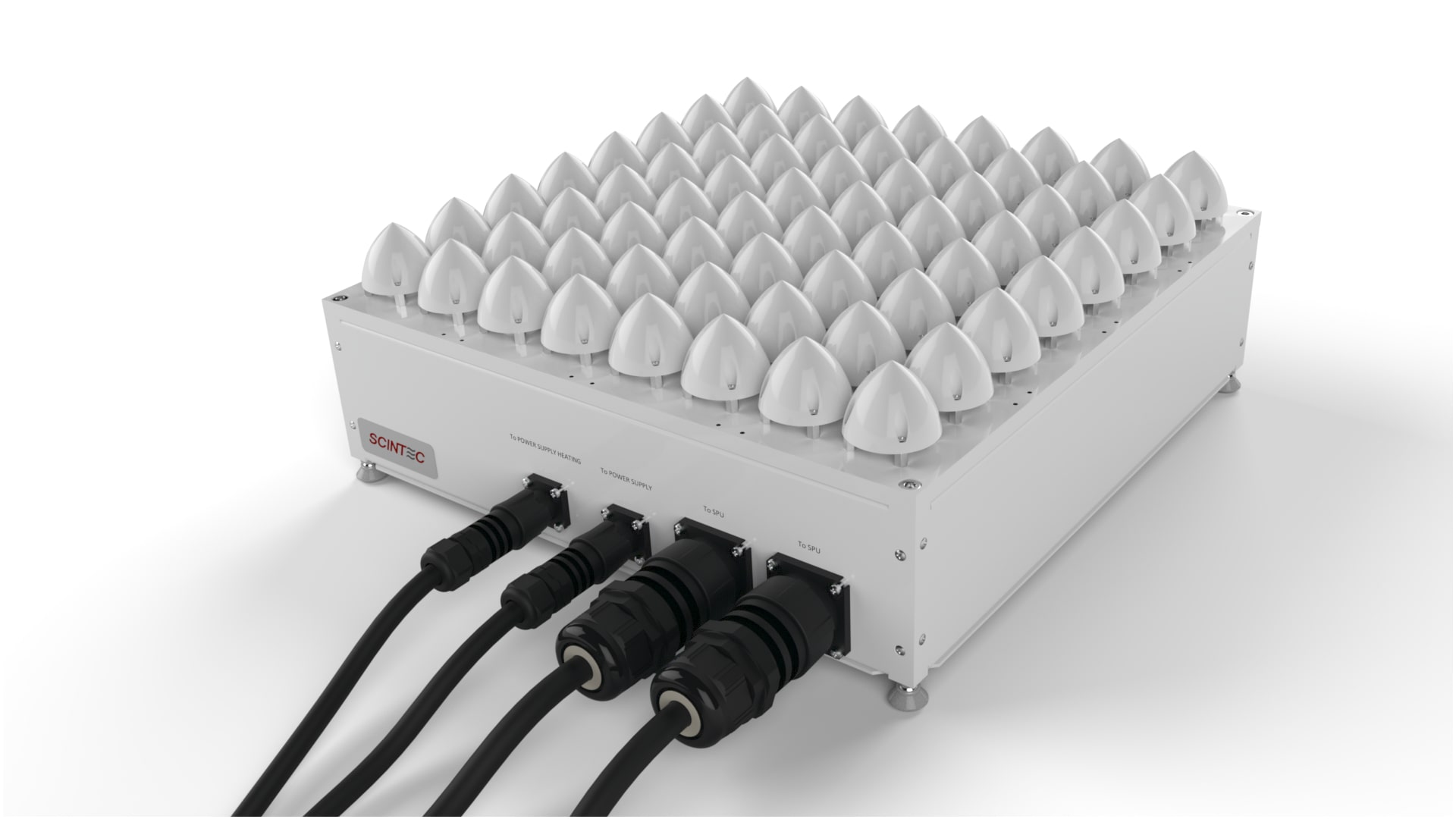
SFAS is a high-performance acoustic Wind Profiler with a compact and lightweight design, which provides the highest spatial resolution among the FAS series.
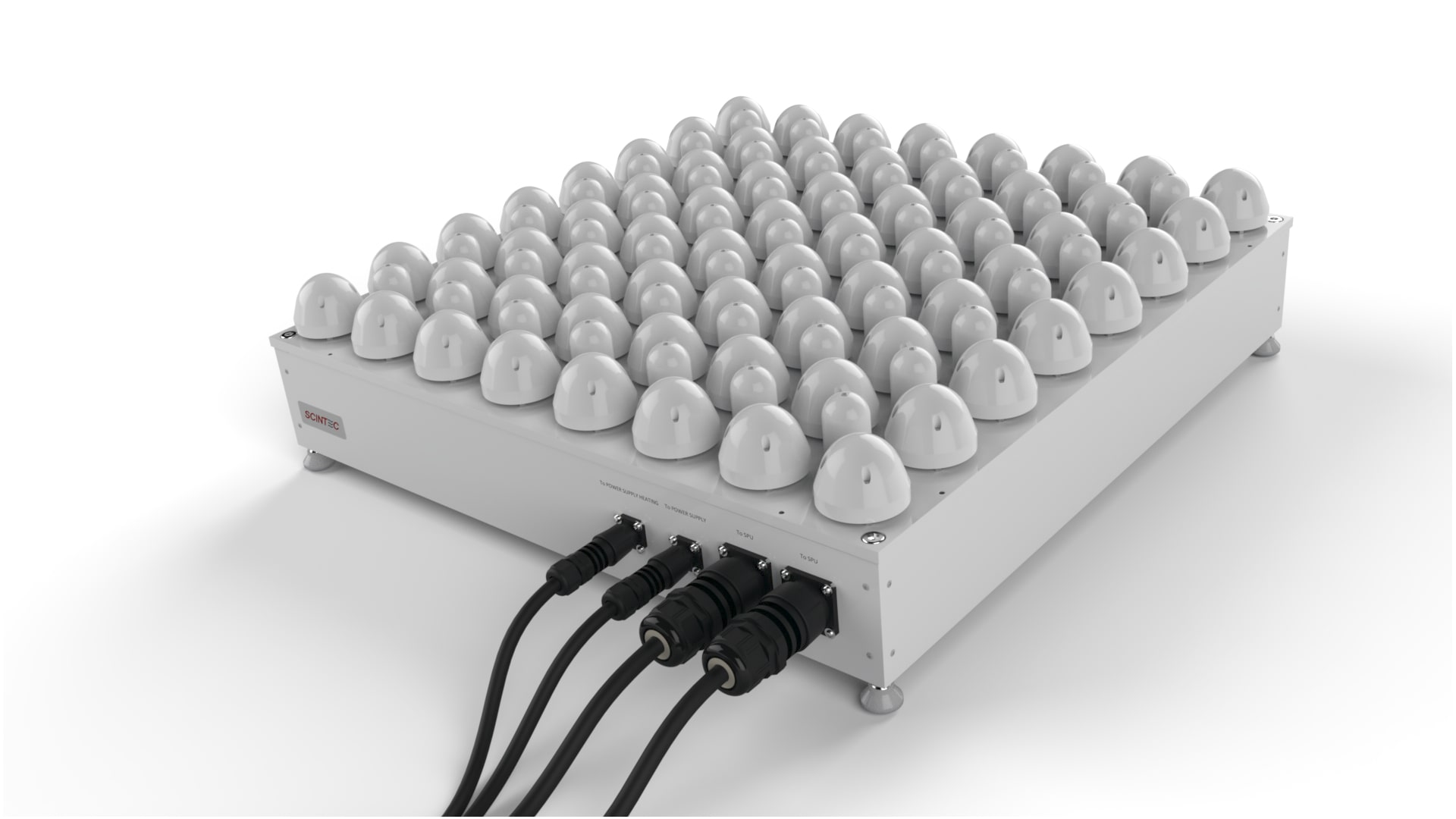
MFAS is a versatile acoustic Wind Profiler which combines the both advantages of an excellent portability and a high detection range.
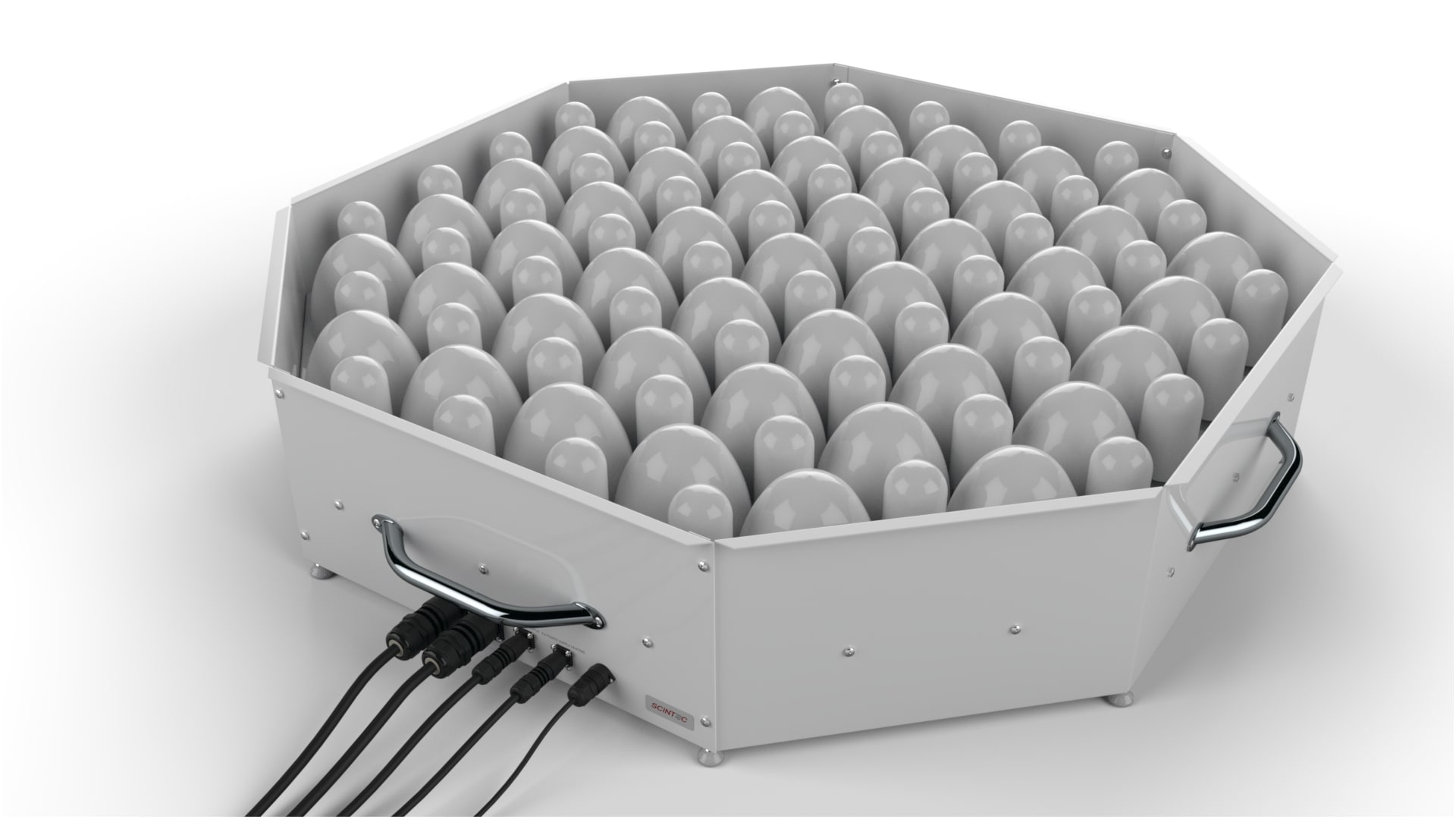
XFAS is a long-range acoustic Wind Profiler optimized for the measurement of wind and turbulence up to boundary layer height.

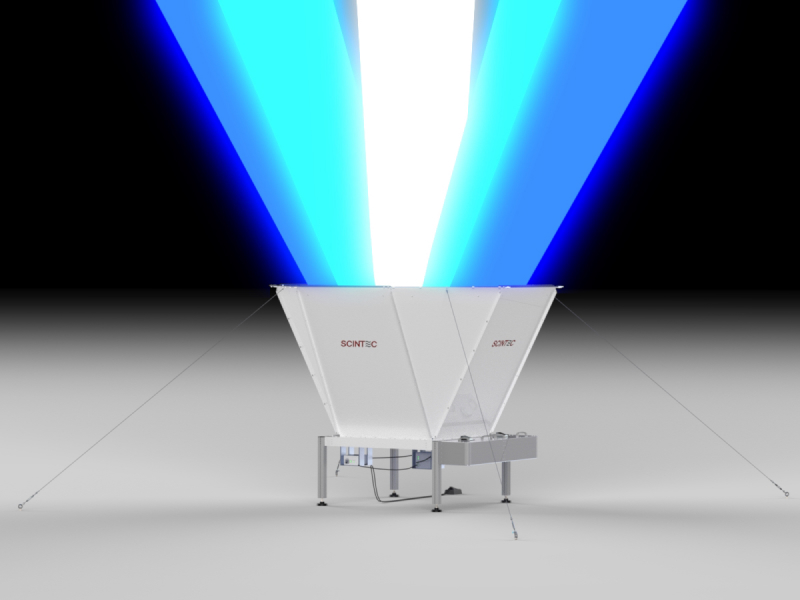
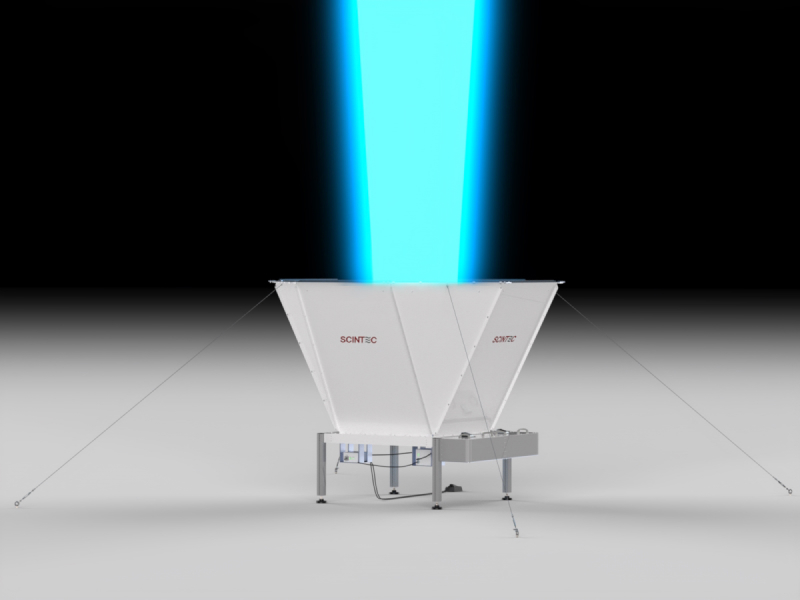
Fluctuations of the vertical wind are fundamentally related to turbulence and convection. The measurement of vertical wind variance is a key to quantify the strength of atmospheric turbulence, often expressed in terms of the kinetic energy dissipation rate. In order to measure the vertical wind variance with a wind profiler, it is essential to use an antenna with true (and not calculated) vertical pointing direction. Unlike most reflector antennas, the phased-array antennas of the FAS Series Sodar Wind Profilers provide true vertical beams and allow the exact quantification of atmospheric turbulence.
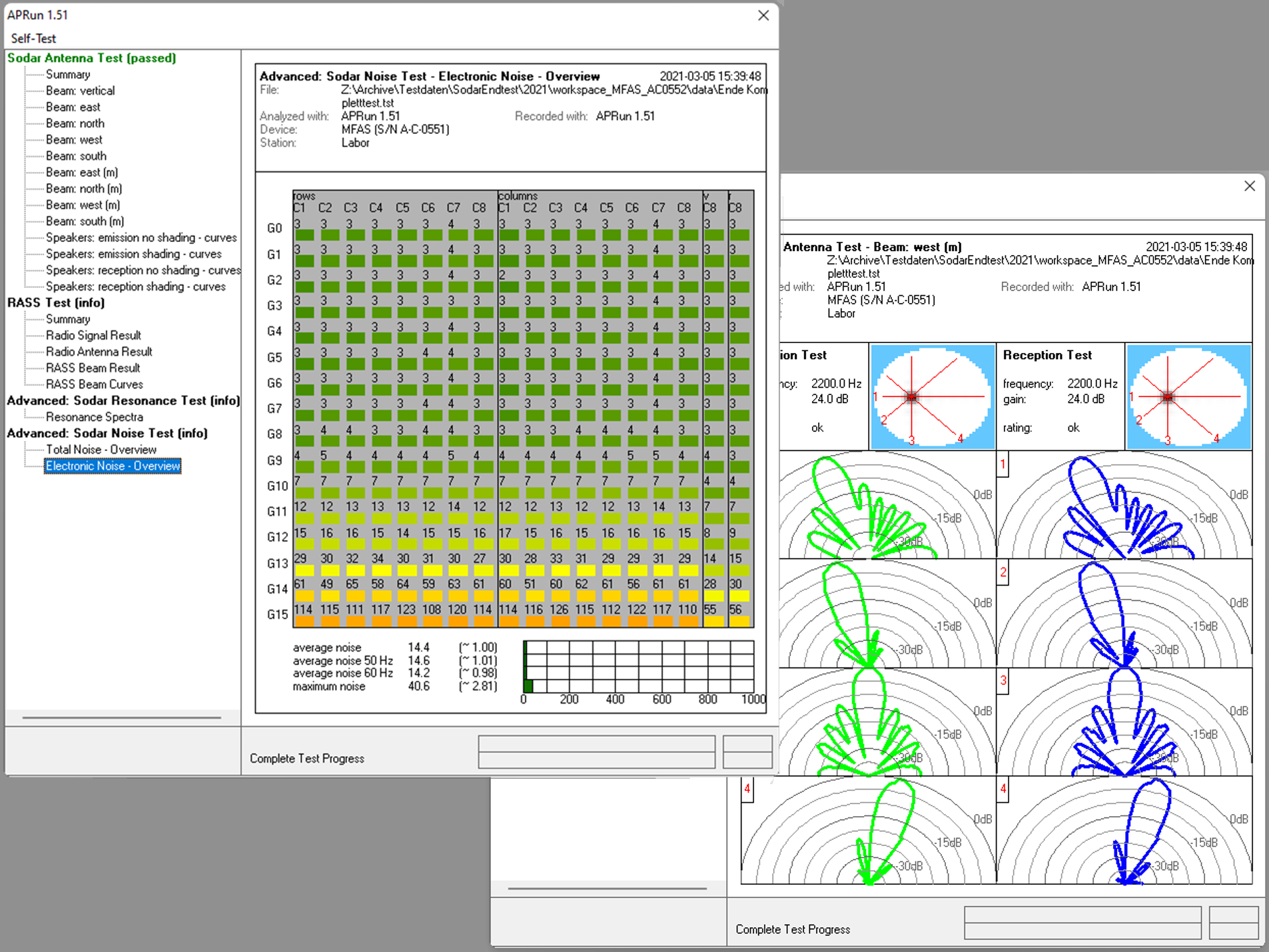
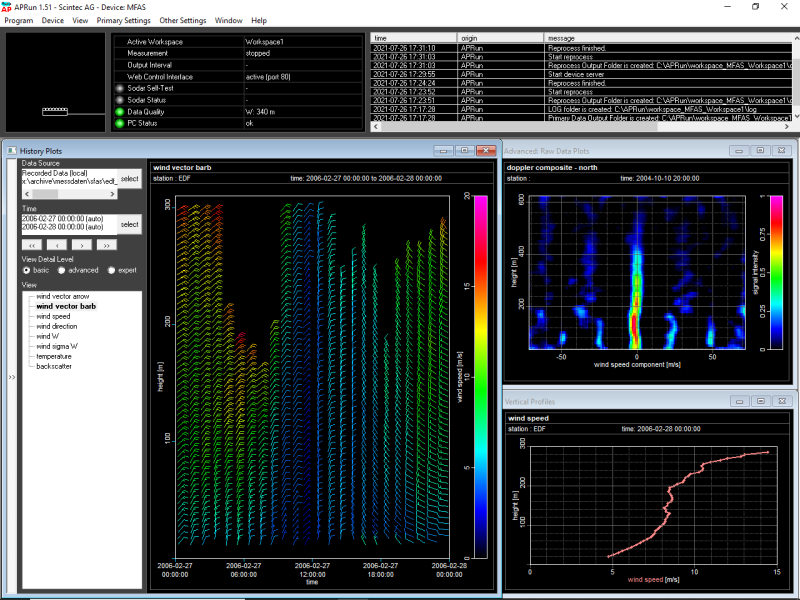

Besides performance, system uptime is a key factor determining the quality of a sodar wind profiler, many of them being operated within critical applications such as emergency response. The FAS Series Sodar Wind Profilers have been manufactured for years in large quantities, which results in an outstanding reliability. Moreover, a modular design allows repairs to be done easily. Scintec keeps a large number of modules on stock for worldwide distribution if ever needed.

